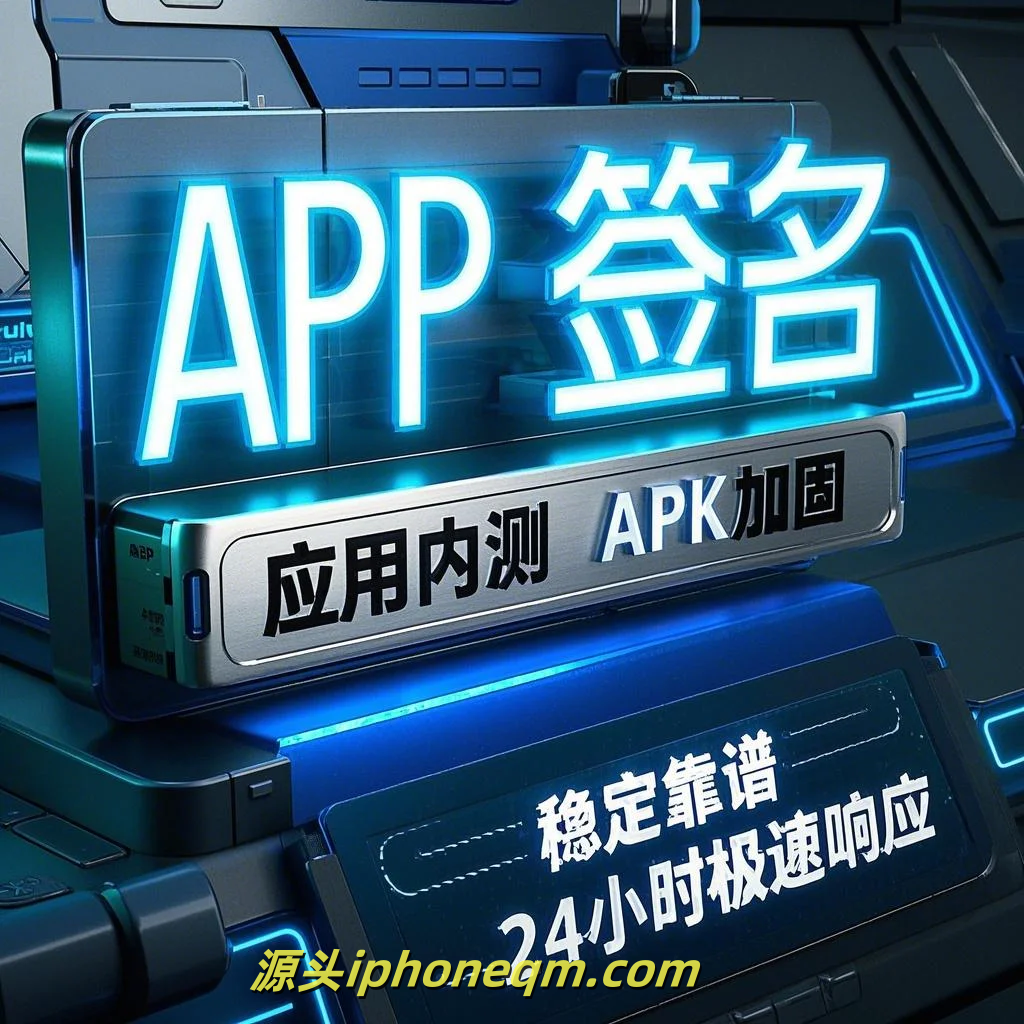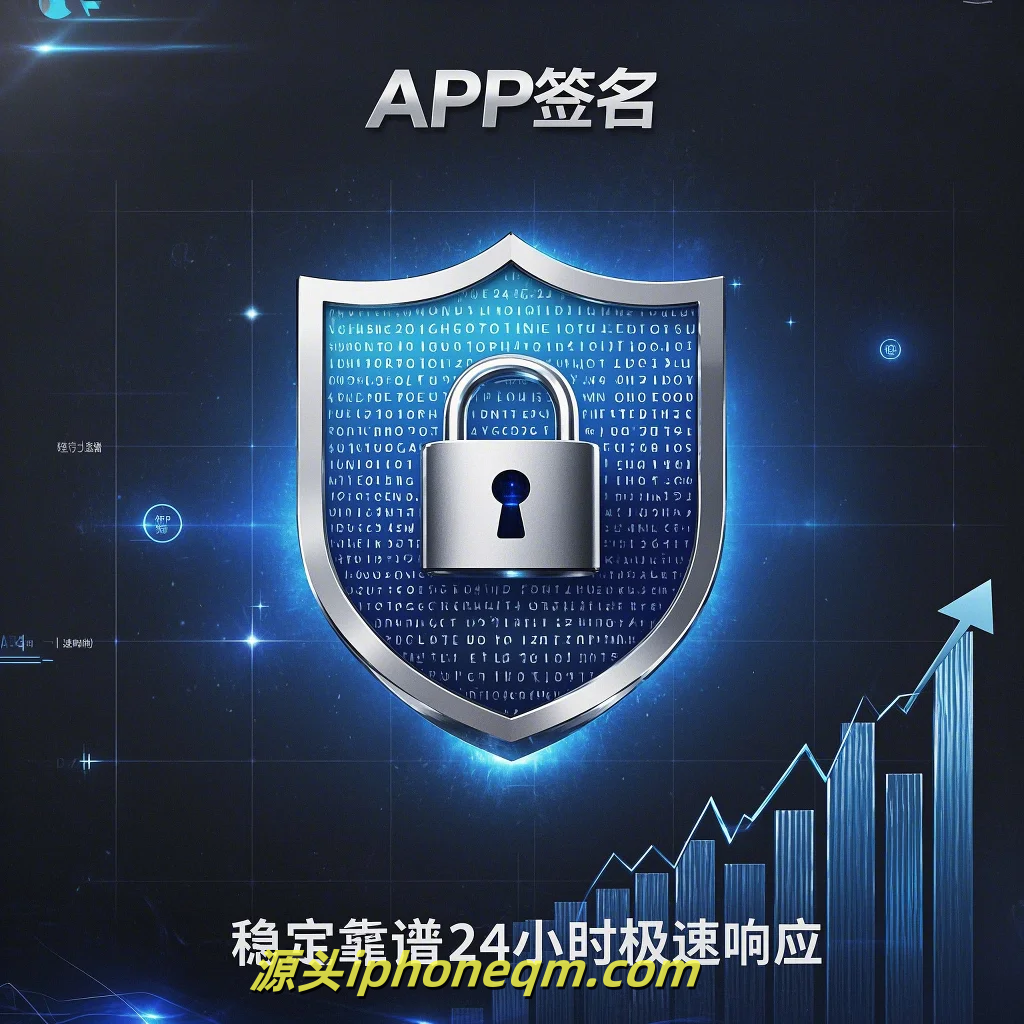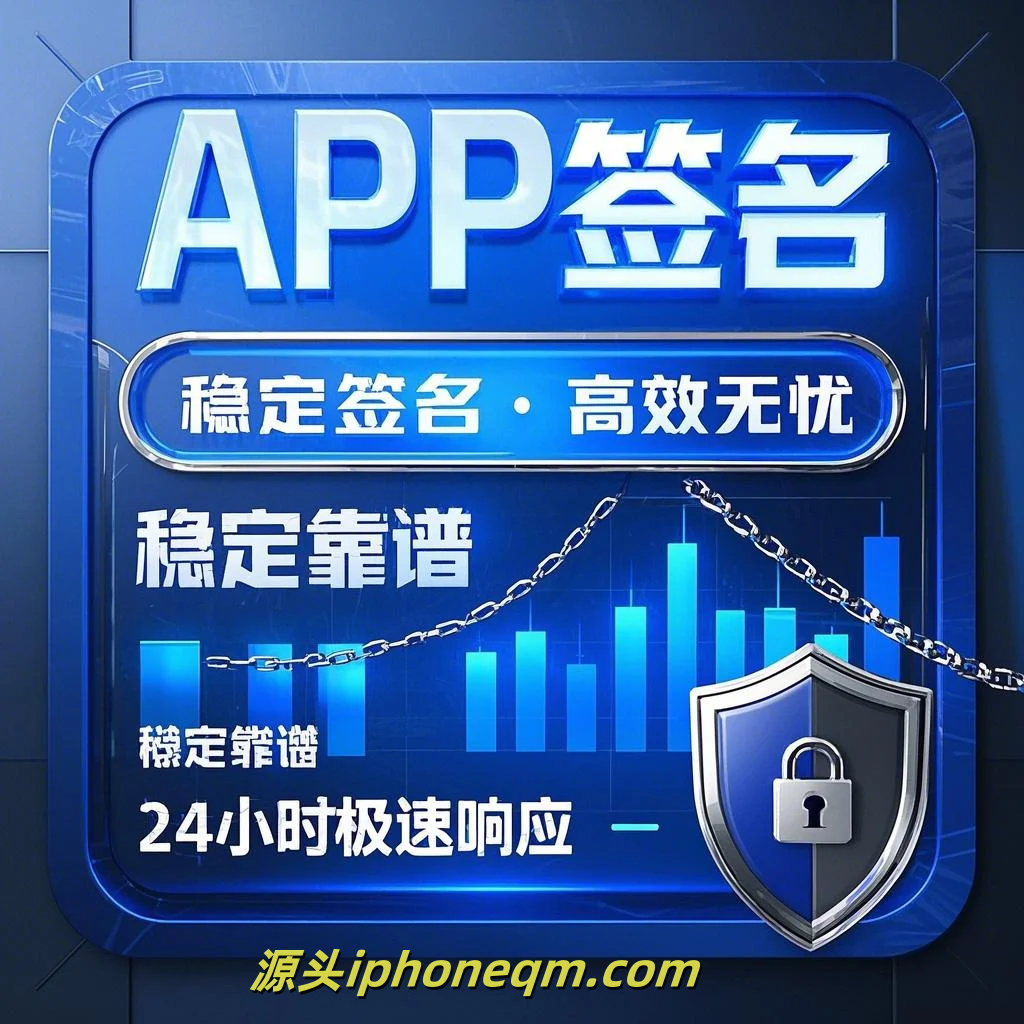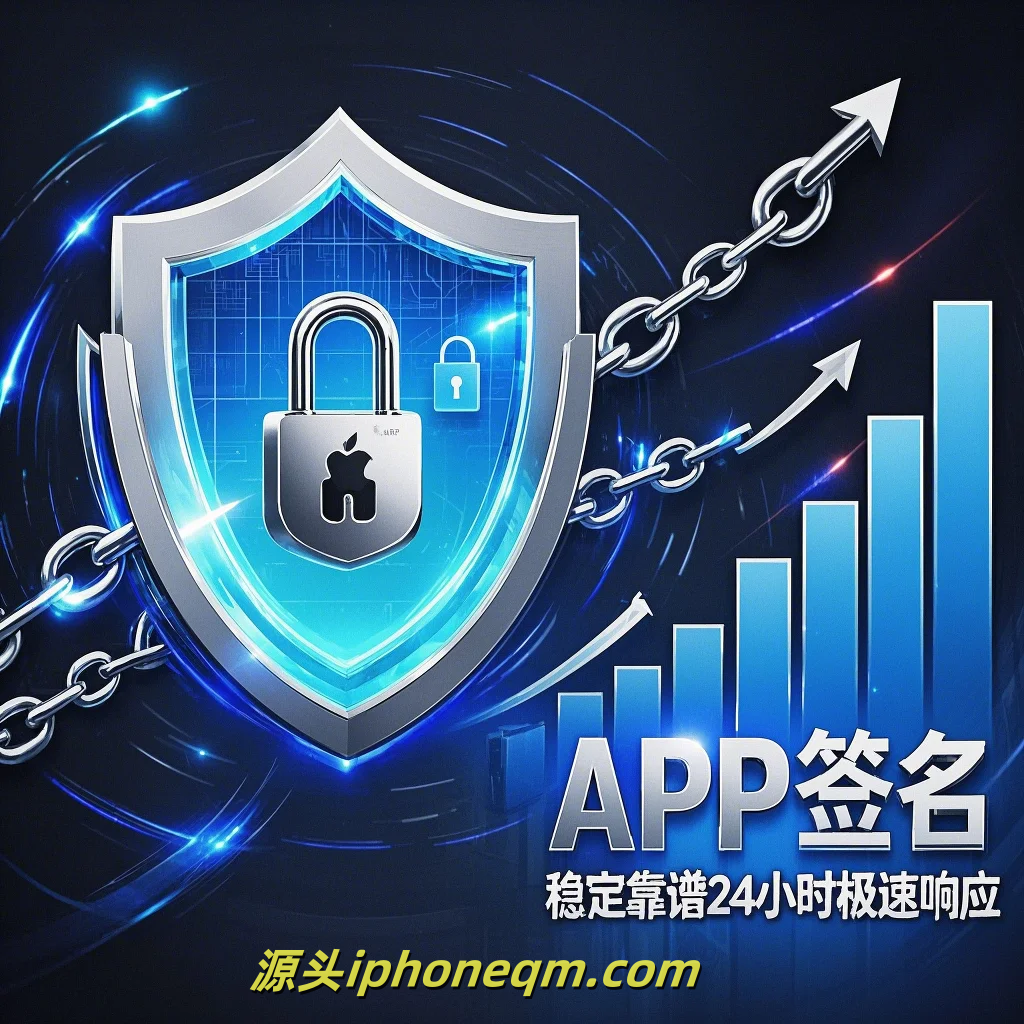Demystifying Apple Signing Techniques for Beginners
In the world of Apple, signing techniques are crucial for developers aiming to build and distribute applications on platforms like iOS and macOS. If you're a beginner trying to understand these processes, you're in the right place! Let’s break down the key concepts surrounding Apple signing techniques in a simple and digestible way.
First off, what is code signing? Code signing is essentially a security protocol that ensures that the code in an application hasn't been altered or corrupted after it was signed. This process involves embedding a digital signature into your app's binary. By doing so, you assure users that the app comes from a verified source—free from malware and unauthorized modifications.
To begin the signing process, developers must have an Apple Developer account. This is the first step toward gaining access to all the necessary tools and resources. Once you're enrolled, you can create signing certificates, which are crucial for code signing.
There are two types of certificates commonly used: Development and Distribution certificates. Development certificates are used during the app development process to run apps on your devices, while Distribution certificates are needed when you're preparing your app for the App Store or for enterprise distribution.
Next, let's talk about provisioning profiles. A provisioning profile links your app with your developer certificate. This profile contains key details about your app, such as its bundle identifier, the devices it can run on, and the permissions it requires. When you first create an application, you'll need to set up a development provisioning profile. Once you're ready to submit your app for distribution, you'll switch to a distribution provisioning profile.
Now, how do you actually sign your code? Apple provides a tool called Xcode, which makes the signing process much more manageable for developers. When you build your app in Xcode, the IDE automatically takes care of code signing for you, assuming you've set up your certificates and provisioning profiles correctly in your developer account.
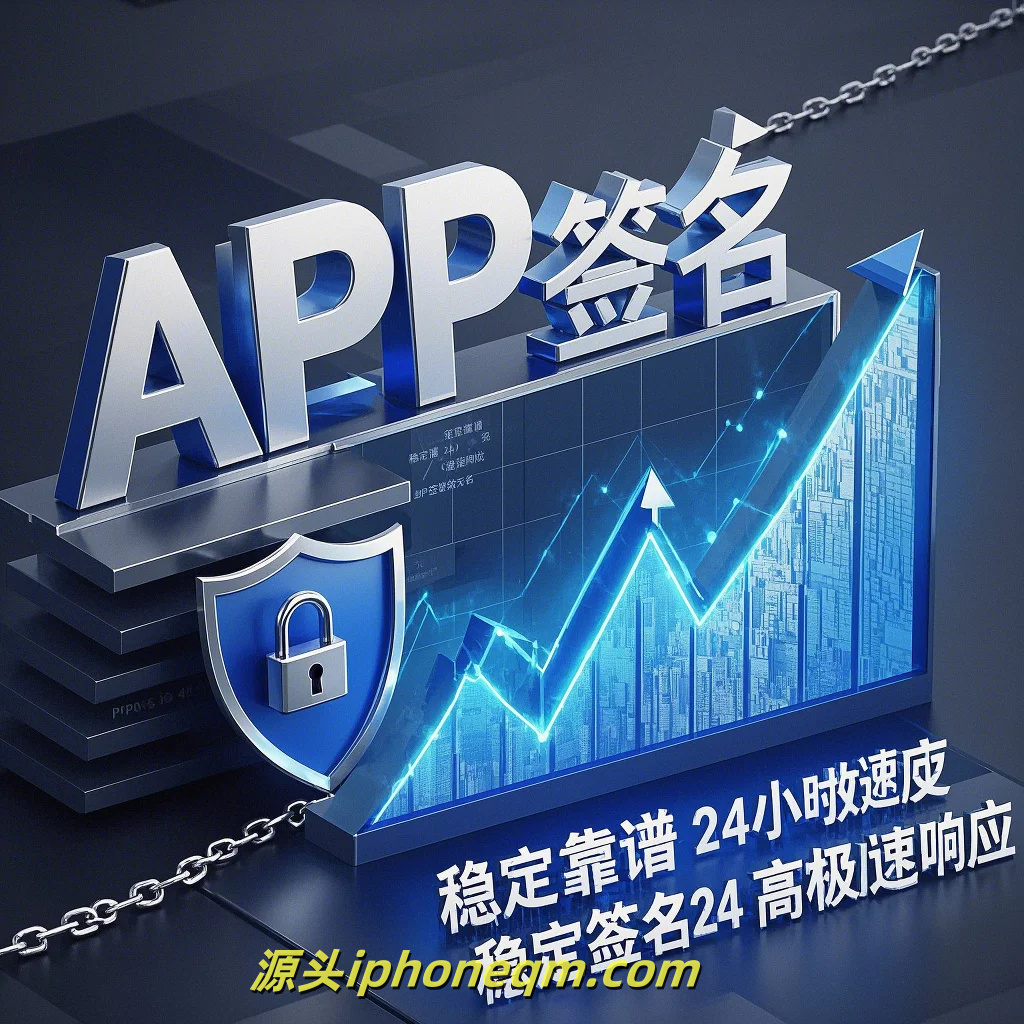
However, things can get tricky sometimes. For instance, if you encounter an "Unsatisfied entitlement" error, it usually means that your app is trying to access features it doesn’t have permission for according to your provisioning profile. Therefore, always review your profile to ensure it includes all necessary entitlements.
One common misconception is that code signing only matters for apps distributed through the App Store. However, it’s essential for any app that runs on Apple devices, including internal distribution for businesses. This emphasizes the importance of understanding and managing your signings effectively.
As you delve deeper into Apple signing techniques, you'll discover that managing your signing identities, certificates, and profiles can get complex, especially with multiple team members or projects. It’s essential to keep your certificates and profiles organized, ideally using the Apple Developer portal and Xcode’s integrated tools.
In conclusion, mastering Apple signing techniques is an essential skill for any developer looking to create and distribute apps on Apple platforms. By understanding code signing, certificates, provisioning profiles, and how Xcode simplifies the process, you can streamline your app development experience. Don’t let the technical jargon intimidate you; with a little practice and exploration, these concepts will become second nature. Happy coding!
扫描二维码推送至手机访问。
版权声明:本文由MDM苹果签名,IPA签名,苹果企业签名,苹果超级签,ios企业签名,iphoneqm.com发布,如需转载请注明出处。

